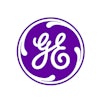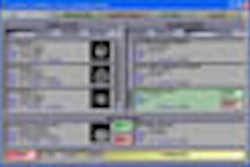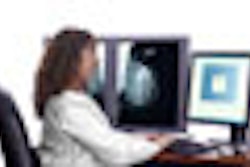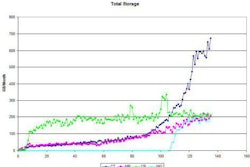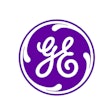The primary reasons for the adoption of speech recognition and structured reporting technologies are faster report turnaround times and quicker access to current and prior patient information, exams, and images.
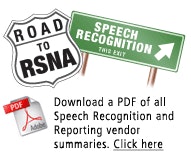
As speech recognition moves from being a bleeding-edge technology into the clinical mainstream, more facilities are now available to offer their wisdom and serve as positive examples of how to manage the transition. Key secrets for success include enlisting radiologists as advocates for speech recognition, gathering a team of cross-department stakeholders to push the project forward, and adopting an effective training program.
This last item is key -- there's nothing more frustrating than being thrown into using a system without the proper tools for making it work. The sites that effectively adopt speech recognition set aside enough time for learning the new system, and avoid mistakes such as scheduling training during a normal working day.
As attendees to RSNA 2007 will see, speech recognition technology vendors are continuing their collective pursuits to make their products more user-friendly, error-free, and productive. Here is a preview of what the companies are preparing for Chicago in November.
